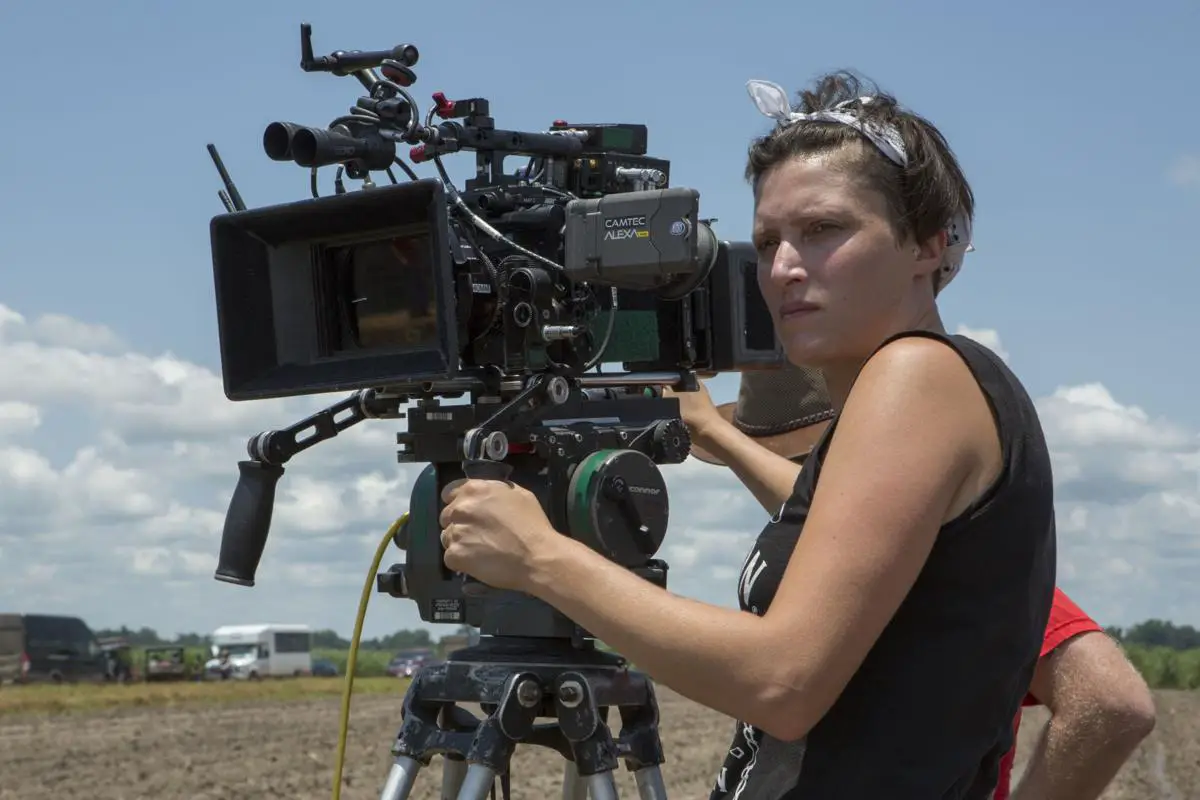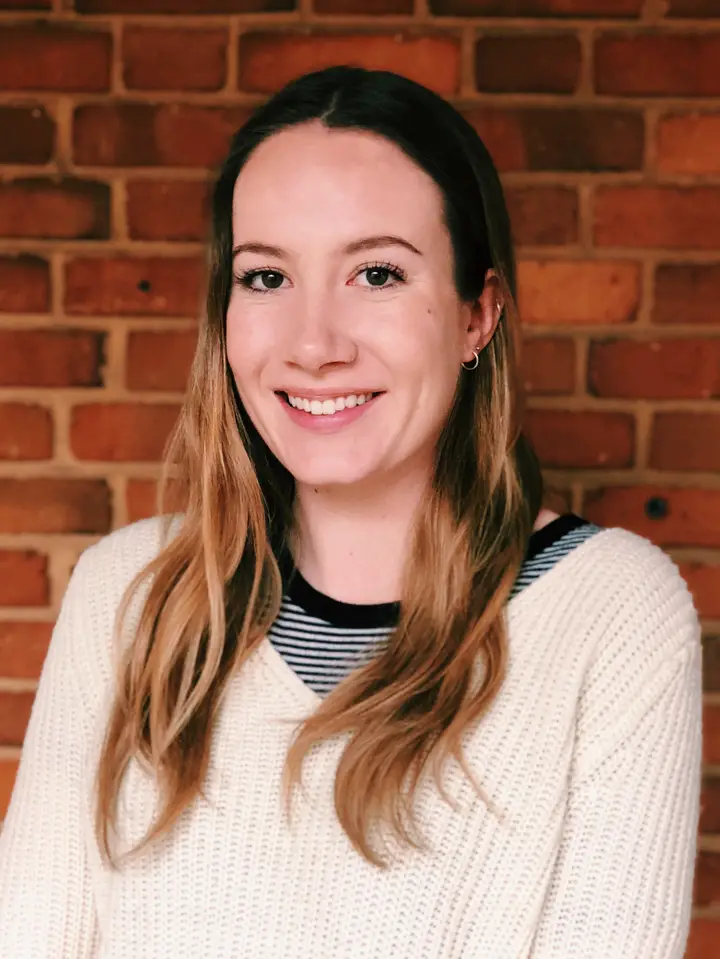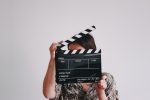When you think of film from the 2010s, chances are indie films with strong social commentary and minimal dialogue, “The Avengers” blockbuster franchise, at least 18 movies that look like they could be “Mission Impossible” and Jennifer Lawrence come to mind.
On the other hand, it may be sexualized images of women in minimal clothing or headlines of yet another actor exposed for numerous sexual assault scandals with female coworkers you think of — well, if that’s the case, #MeToo.
But TIME’S UP for those guilty of seeing gender in the film industry, as the rise of movies starring fantastic all-female casts and the open feminist commentary from many of the actresses themselves is helping to reinforce the importance of women in film.
Often enough in the film industry, directors see gender through a male lens: a biased, patriarchal view of the world, and, more specifically, a highly sexualized view of women. In her 1975 essay, “Visual Pleasure and the Narrative Cinema,” Laura Mulvey dubbed this phenomenon the “male gaze.”
From script and storyline writing to casting and costume design, movie industry bigwigs perpetuate the “male gaze,” whether intentionally or not, given the unfortunate patriarchal influence underlying our society.
But actresses are not the only ones taking a stand against the industry’s injustice anymore. Now, strong women behind the scenes, who for years have been pushed to the side, are moving into the spotlight.
“The Female Gaze,” a film series hosted by Lincoln Center in New York City, aims to aid female cinematographers and other women responsible for creating beautiful cinematic experiences see their craft at the forefront of the industry.
The film series, on exhibition for only two weeks from July 26 to Aug. 5, showcases the work of 23 American and international female cinematographers, as well as host talks and Q&A sessions with a few of the artists themselves.
A series unlike anything seen before, The Female Gaze was created collectively by Florence Almozini, Tyler Wilson and Madeline Whittle of the Film Society at Lincoln Center to illuminate any potential disparity between a majority of popular films, often shot by men, and those adapted by women.
“I wanted to see if there’s a difference,” said Almozini, a senior programmer for the organization, in an interview with The Associated Press. “When you watch a movie, would you know who’s shooting it? Would you recognize a male gaze versus a female gaze?”
The trio also sought to recognize the 100th anniversary of the American Society of Cinematographers and honor the acceptance of the first woman, Brianne Murphy, into the society in 1980, over 60 years after it was created.
Murphy was the first of a still up-and-coming generation of female cinematographers breaking down gender inequality in the movie industry. Now, director of photography for the film “Mudbound” Rachel Morrison has set the bar even higher by securing the first female Oscar nomination for cinematography earlier this year. “It’s a job that basically is combining empathy with channeling emotion into visual imagery. It’s everything women do well,” said Morrison following her nomination.
You may recognize Morrison’s more recent work, “Black Panther,” as she has since gone on to do even more incredible things — and gained herself a well-deserved following. Her successes continues to inspire other female cinematographers, like those showcased in “The Female Gaze,” to embrace their femininity and channel their unique point of view into a cinematic vision.
Despite the series’ namesake, many of the spotlighted cinematographers have vowed to focus on their artistry, rather than engage in the debate about gender inequality in the film industry.
Although the women all stand against the inequality that has been looming behind the scenes for decades, some believe that fighting for the “female gaze” only perpetuates the “male-gaze,” which in turn nullifies the impact of female cinematographers.
Although the women mirror one another at surface level on the grounds of rejecting the “female gaze,” opinions expressed by guest speakers of the exhibition differ.
“I’m not so sure I believe in a ‘female gaze.’ I believe in the individual gaze. Each person is a unique collection of life experiences,” said Natasha Braier, who espoused an acceptance of individuality, entirely separate from social issues, in her attitude toward the “female gaze.”
On the other hand, Ashley Connor incorporates the important discussion of gender inequality into her viewpoint of the idea. “Believing in a ‘female gaze’ means believing in a ‘male gaze,’” she said, “and I sincerely hope we’re moving more towards a world not bound by gender binaries.”
Yet, Connor admits the issue remains much more than simply a battle of male versus female. Instead, she considers the apparent difference between seeing a story unfold through a gendered lens to be the emotional depth readily available for the benefit of the audience.
“But I also understand that as a female-identifying cinematographer it is important to establish what qualities I attribute to my work, and I’d more call it an emotional gaze. I try to approach every subject with a level of respect and love; I’d say the ‘male’ gaze wishes to devour, conquer, and control,” Connor continued.
In this way, Connor suggests that evoking empathy via the cinematographer’s lens significantly alters the audience experience of viewing the film, in such a way that the outcome is something beautifully idealistic, yet still teeters on the cusp of reality. This emotional escapism that Connor claims female cinematography provides lends to the idea that one should build their identity based on feeling, rather than on practicality.
Female cinematography breaks through the fourth wall to offer audience members comfort to clear their confusion and allow a moviegoer to find solace in forming an emotional connection with a character. Therefore, many of the films showcased in the Lincoln Center exhibition create an opportunity to do just that: They focus on issues of identity and personal insecurities so that they may resonate clearly with the audience.
Collectively, the films of The Female Gaze illustrate the possibilities that putting women behind the lens of a camera brings to the table for cinematography.
So, buy tickets now to attend “The Female Gaze,” a once-in-a-lifetime opportunity for female artists to have the movie industry’s undivided attention and appreciation for their cinematic craft.













